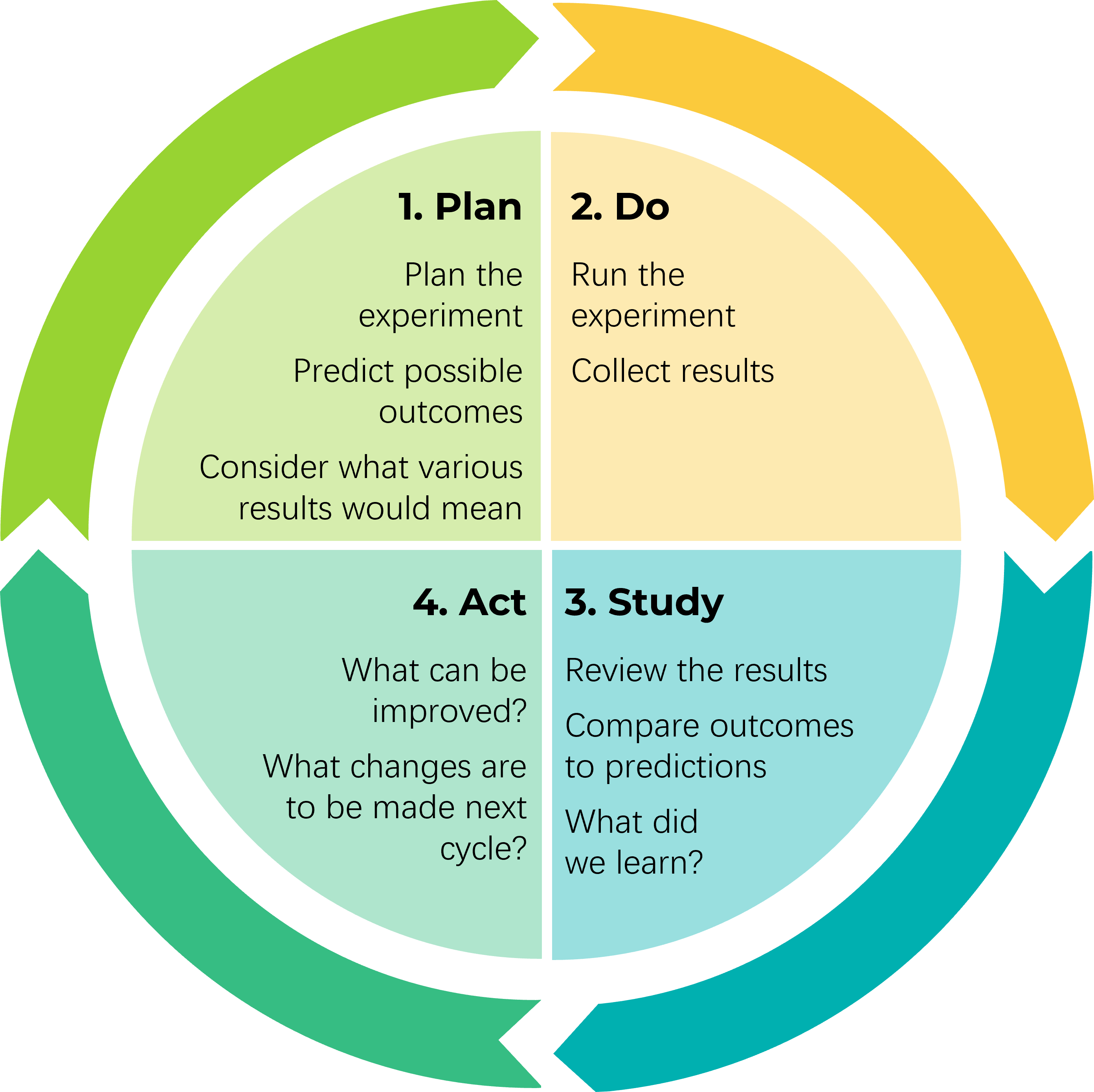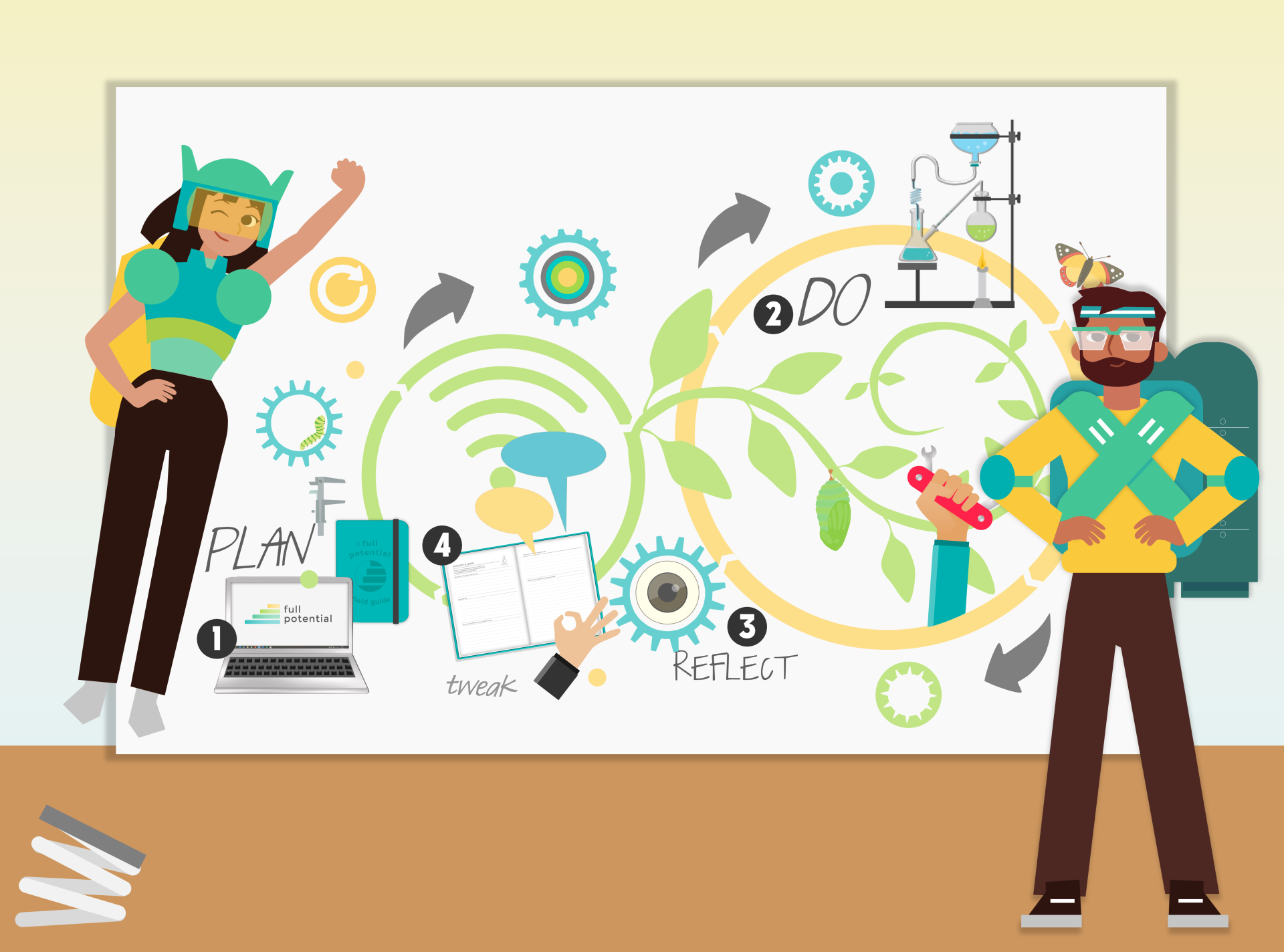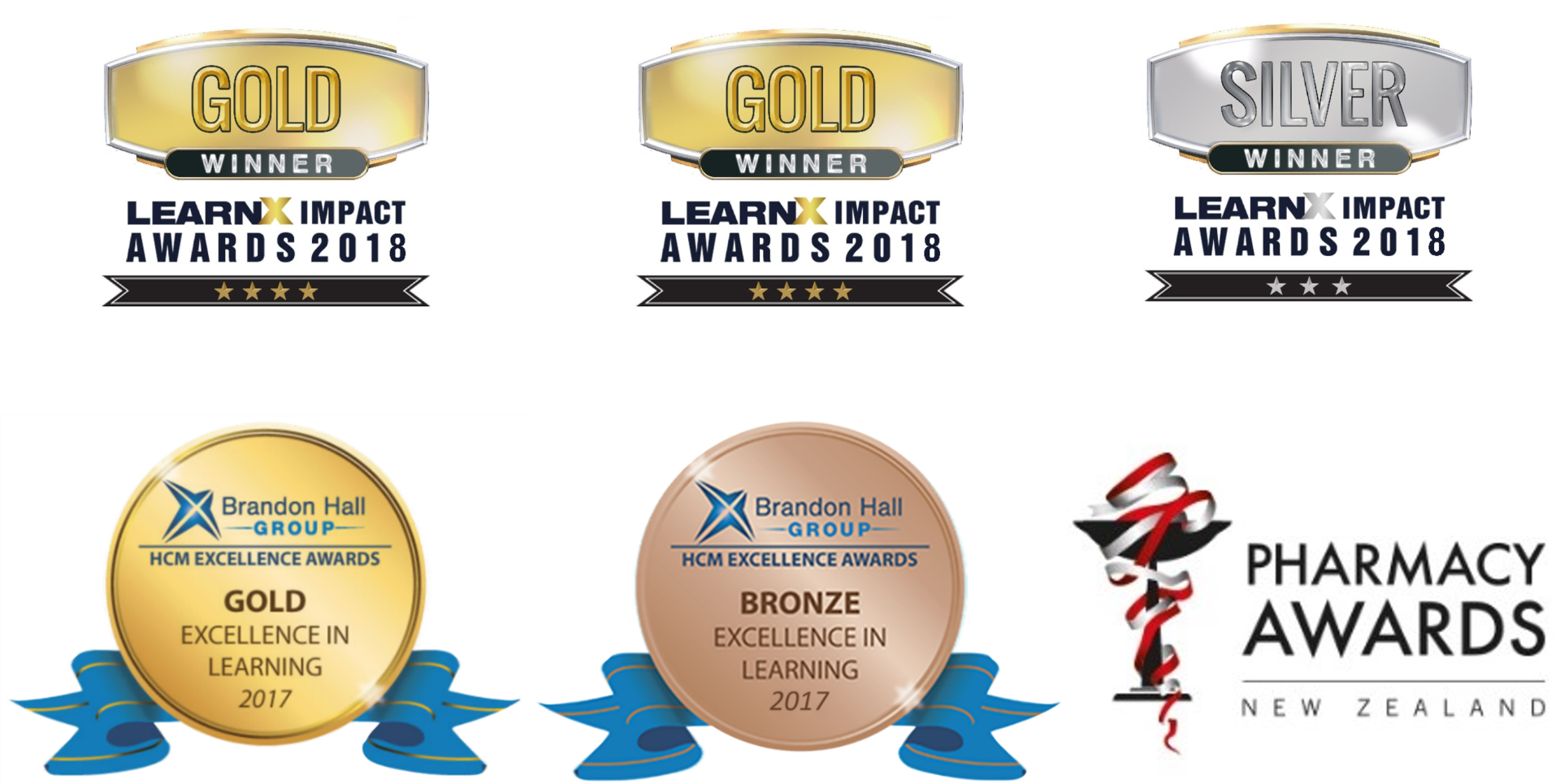Stop me if you've heard this one before:
While technical (hard) skills can generally be taught, power (‘soft’) skills are harder to come by. Often, they’re traits that people have or skills they’ve refined over time: they’re difficult to shift and to master.
Just. Not. True.
In fact, after years of uncertainty, we are finding that people are hungry for new ways of thinking and being. Ways that allow them to distil wisdom from their lived experiences and roll with change.
Power skills are about our mindset. They are about our thinking. They are about our ability to manage our daily work operations, our mental health, social situations, and all their attendant pressures.
Power skills flourish when we are able to distil the knowledge of our lived experiences into practical, positive wisdom. That takes time, space and reflection.
It requires meta-thinking: that is, thinking about our thinking.
When we’re asking people to lean into big thinking it helps to chunk it out, so they do a little, often.
You will be exponentially better a year from now if you get 1% better each day.
Long-term positive behaviour change only comes from a perspective shift followed up by regular action. Our tools and programmes are based on a guided walk-through of exactly how to do that, and they are proven to work long-term.
Ready to talk about crucial success factors for your team?
How do we do it?
We apply the scientific method of action-oriented learning to life’s great adventure of personal growth and development. It’s all about enhancing people’s ability to be successful in their real world both as quickly and as lastingly as possible.
Small successes help us develop because continuous improvement works.
We align the mahi (work) with what’s already happening in people’s professional and personal lives. The foundation for this is the Plan, Do, Study, Act (PDSA) cycle: a method for rapidly testing a change - planning it, trying it, observing the results, and acting on what is learned.
It generally looks like this:

Like building any strength, spaced repetition (practice and rest) is key. Whether we’re talking communication models or emotional intelligence work outs, time management or leadership, a supported, ongoing cycle of reflection and implementation builds positive long-term habits.
The beauty of this process underpinning all the materials is that it turns day-to-day life into a continuous learning experience. Connections are constantly being made and built upon as learners return to their real-world environment. The learning cycle itself gives learners the courage and means to keep making progress, and keep making connections, even in the face of challenges.
In this exploded context, the diagram looks a little more.. expansive!

1. Plan
We start by measuring current states. This reminds people of their strengths and abilities and gears them up to be successful. It also creates a benchmark to start from.
Then, we introduce thinking models and concepts and guide people to safely reflect on their current practices.
This phase is guided through online episodes which include validated profiling tools, interactive learning models and action planning prompts.
2. Do
Get out there and.. interact with others / complete work projects / be a person in the world!
Learners to document their fieldwork: what they are doing, how they are approaching it, and what results they get. This is done in a tailor-made field guide on a daily or weekly basis.
Little and often!
3. Reflect
With the data gathered, guided online tools create time and space for learners to reflect on their experiences and consider their personal responses and results.
This is a crucial step which requires self-knowledge and the ability to reflect deeply. These skills are built in throughout the material and people take to the experience quickly.
4. Tweak
Guided journaling prompts learners to celebrate their achievements and reflect on their options where improvement is needed.
Learners build their confidence and tweak their approach to get better outcomes next time.
... and repeat!
Ready to talk about creating continuous learners?



